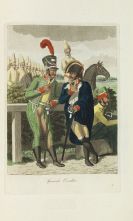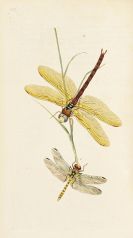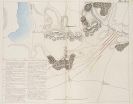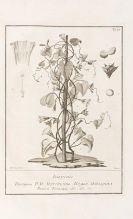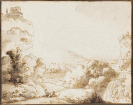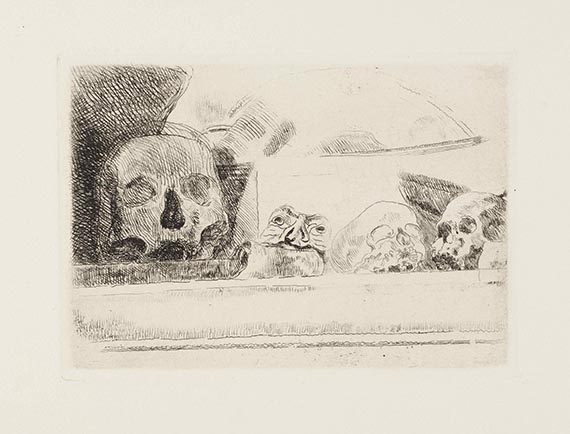
Carl Wilhelm Scheele
Stralsund
1742 -
Köping
1786
The famous Swedish Chemist Carl Wilhelm Scheele, one of the most important natural scientists of the 18th century and a co-founder of modern chemistry, was of German origin and born the seventh child of a family of eleven children in Stralsund on December 19, 1742, as the son of a highly respected merchant.
Just like his oldest brother Johann Martin, he soon showed an interest in pharmacy and chemistry. After graduating from secondary school he worked as a pharmacist in Göteborg between 1757 and 1765, then transfered to Malmö, Uppsla and Stockholm before he moved to Köping in 1775, where Carl Wilhelm Scheele stayed until he died on May 21, 1786.
From 1775 he was a member of the Swedish academy of science in Stockholm. Scheele discovered various chemical elements and compounds, including manganese, chlorine, tartaric acid, glycerin and lactic acid. Carl Wilhelm Scheele was furthermore the first to discover the adsorption of gases by charcoal. His most important achievement, however, was the discovery of oxygen in the air, which Carl Wilhelm Scheele described in his main work "Chemical Observations and Experiments on Air and Fire" (Uppsala and Leipzig, M. Swederus 1777).
The publication of this treatise was delayed by two years, enabling Priestley to publish his results first so that he was long known as the first person to isolate oxygen.
Today, however, there is no longer any doubt that Carl Wilhelm Scheele made this important discovery a significant time before Priestley.
The discovery of oxygen in the air was very significant for the history of photography. In his work Scheele described the reaction between a solution of silver chloride and liquid ammonia plus the various effects of the spectral colors on silver chloride.
Today copies of the first edition of this text are very rare and highly expensive on the antiquarian market.
Would you like to sell a work by Carl Wilhelm Scheele?
Infos for seller


